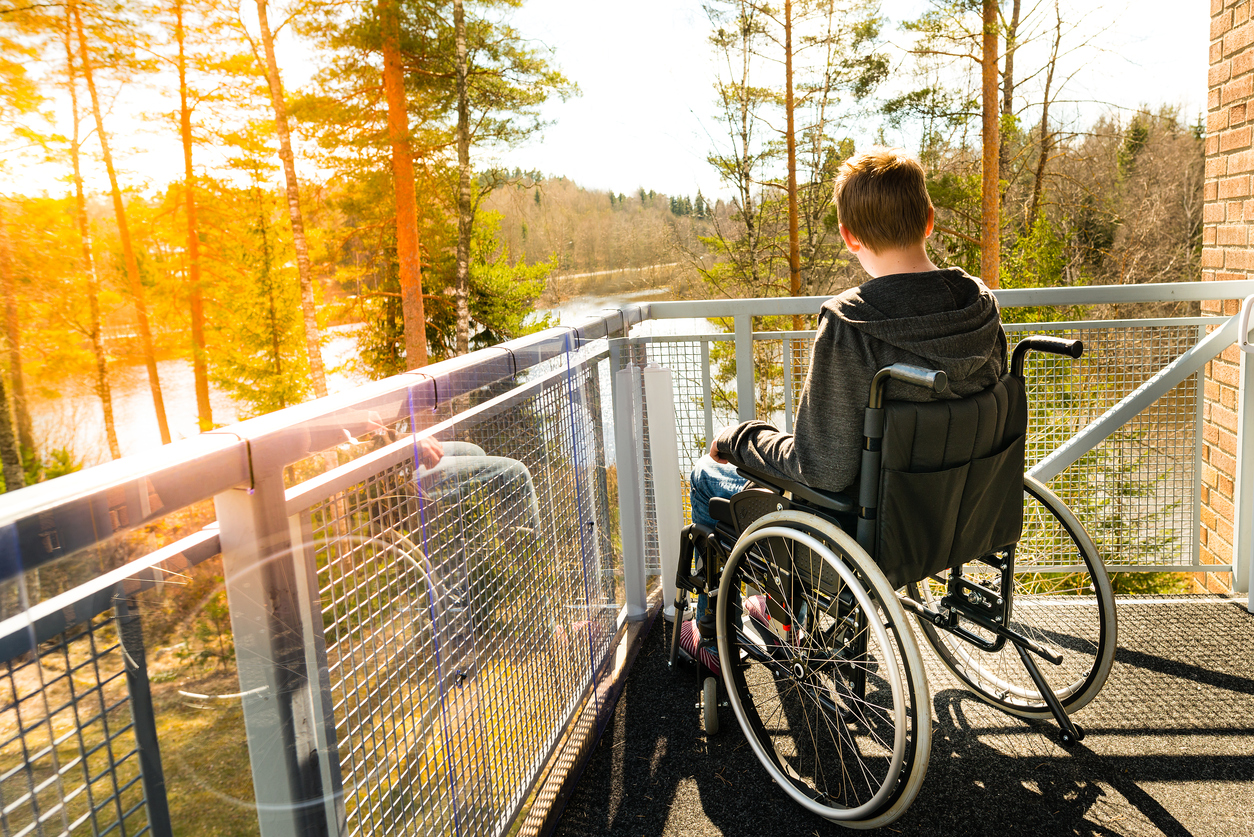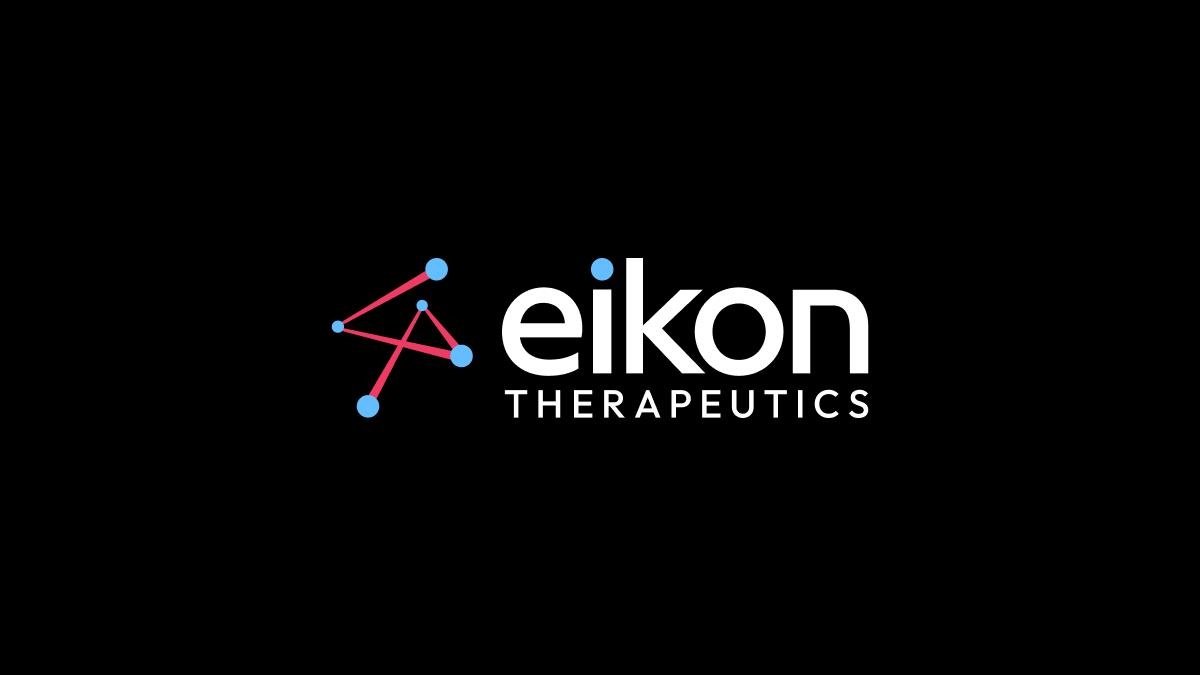Catalyst throws lifeline to Santhera with $90m Duchenne deal

Swiss biotech Santhera has found a North American partner for its Duchenne muscular dystrophy (DMD) therapy vamorolone, ahead of an FDA decision on the drug due by 26th October.
Florida-based rare disease specialist Catalyst Pharmaceuticals is paying $90 million upfront for rights to vamorolone, across all its potential indications, with a total deal value of $231 million tied to various regulatory and sales objectives.
Another $10 million is due to Santhera if the drug gets approved by the FDA, with Catalyst providing $26 million on top to pay milestones due to third parties. Santhera licensed vamorolone from US biotech ReveraGen BioPharma in 2020.
Also on the table are $105 million in potential sales milestones, as well as royalties on sales. This is a crucial deal for Santhera, which took around $23.5 million in bridge financing in February so it could continue to fund its operations through to the October FDA decision.
The Catalyst agreement gives the biotech $75 million in cash and a $15 million equity investment, shoring up its near-term finances as it continues a strategic review of its business and allowing it to pay down debt. It said it will now be able to fund operations through to the start of 2025.
Santhera completed a rolling license application for vamorolone in the US in December and has also filed for approval of the drug in Europe.
Earlier this year, the company said it was reviewing the status of its Leber’s hereditary optic neuropathy (LHON) therapy Raxone (idebenone) and lonodelestat for cystic fibrosis, saying it may also seek partners for these programmes. Now, it says its focus will be on the “European commercialisation of vamorolone in DMD, and further development of its clinical pipeline.”
It intends to self-market the drug, if approved, in some markets – including Germany, France, the UK, Italy, Spain, and Benelux – and seek partners elsewhere.
Vamorolone has been filed on the strength of data showing it may be able to slow down muscle degeneration and prolong the ability to walk-in DMD patients, without causing the growth stunting and immune suppression associated with the use of standard corticosteroid therapy.
In the phase 2b VISION-DMD study, the non-hormonal steroid modulator was shown to have positive effects on mobility measures, like the six-minute walk test and time to stand velocity, compared to placebo at 24 weeks, with the benefits maintained out to 48 weeks.
That study involved DMD patients aged four to seven, and the company is also hoping to expand vamorolone’s label to include younger and older age groups with DMD, as well as patients with the less common Becker muscular dystrophy (BMD). Studies to do so will be supported by the Catalyst deal, it said.
“Catalyst has a track record of success in the rare disease and neuromuscular space and is our commercial partner of choice for North America, with an established infrastructure and commitment to patients,” commented Dario Eklund, Santhera’s chief executive.
The US company already sells epilepsy therapy Fycompa (perampanel) and Firdapse (amifampridine) for muscular disease Lambert-Eaton myasthenic syndrome (LEMS) and expects to make revenues of around $375 million from these products this year.












